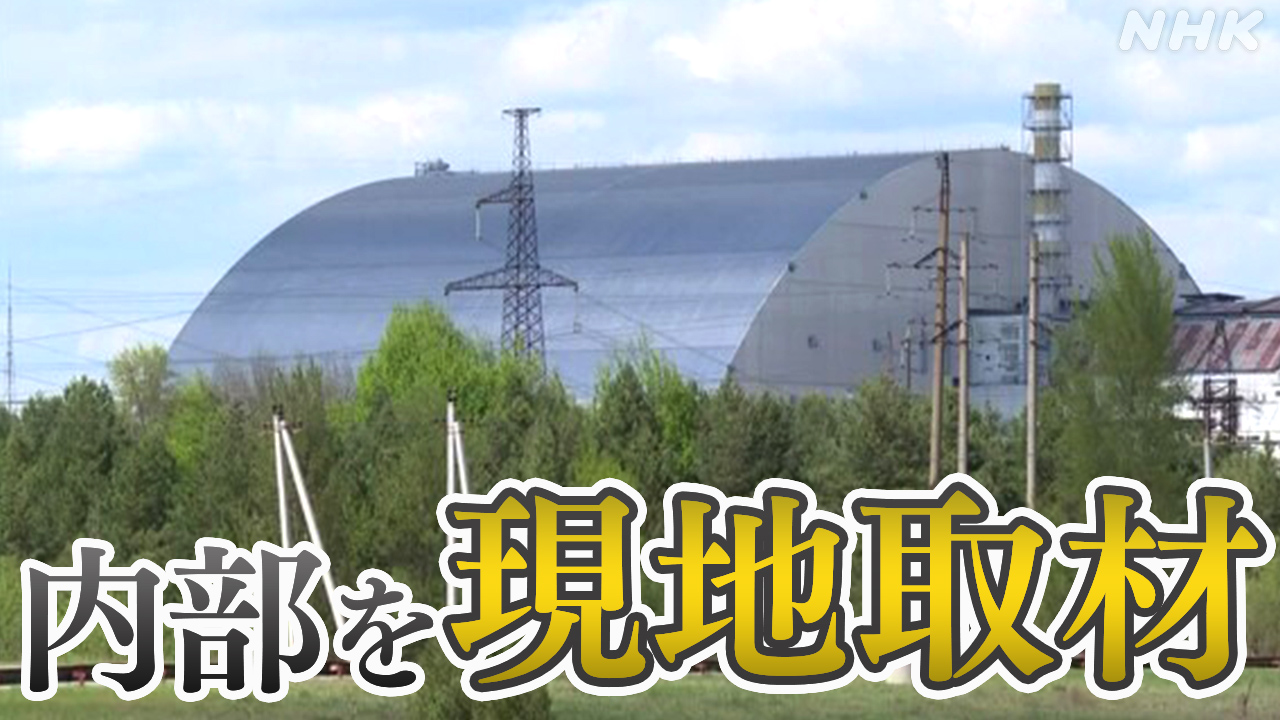Damaged Chernobyl Shelter: Russia's War Aftermath - A Critical Look at the Long-Term Impacts
The ongoing war in Ukraine has cast a long shadow over the world, and its impact extends far beyond the immediate battlefield. One particularly concerning consequence is the damage inflicted on the Chernobyl Exclusion Zone, specifically the shelter encasing the destroyed reactor, highlighting the long-term environmental and humanitarian risks of armed conflict. This article delves into the extent of the damage, the potential consequences, and the ongoing efforts to mitigate the threat.
The Chernobyl Shelter: A Precarious Situation Before the War
The Chernobyl Nuclear Power Plant disaster in 1986 remains one of history's worst nuclear accidents. The subsequent construction of the New Safe Confinement (NSC), a massive arch-shaped structure built over the damaged reactor, was a monumental engineering feat designed to contain the radioactive materials for decades to come. However, the structure, while robust, was never intended to withstand the ravages of war.
Pre-War Challenges:
- Aging Infrastructure: Even before the war, the NSC and surrounding infrastructure faced challenges related to age and the demanding environment. Regular maintenance and monitoring were crucial.
- Funding Constraints: Securing sufficient funding for long-term upkeep and eventual decommissioning of the plant has always been a concern.
- Political Instability: The political landscape surrounding Chernobyl, particularly before the war, presented challenges to coordinated international efforts.
The Impact of the Russian Invasion
The Russian occupation of the Chernobyl Exclusion Zone in the early days of the invasion introduced a new layer of complexity and danger. Reports emerged of damaged infrastructure, disrupted monitoring systems, and concerns over the safety of the on-site personnel.
Specific Damages Reported:
- Disrupted Power Supply: The loss of power to the NSC threatened the cooling systems necessary to maintain the integrity of the structure and prevent further radioactive leakage.
- Compromised Monitoring: The invasion disrupted crucial monitoring systems, creating uncertainty about the exact radiation levels within and around the facility.
- Potential for Looting: The unsecured nature of the site during occupation raised concerns about potential looting of valuable equipment or radioactive materials.
- Personnel Safety: Ukrainian personnel working at Chernobyl faced immense risks during the occupation, jeopardizing the ongoing maintenance and monitoring efforts.
Long-Term Consequences and Future Concerns
The full extent of the damage to the Chernobyl shelter and the long-term consequences are still being assessed. However, several significant concerns remain:
- Increased Radiation Levels: While the immediate impact on radiation levels remains unclear, the long-term effects of disrupted safety protocols could lead to a gradual increase in radiation exposure for both the environment and nearby communities.
- Environmental Contamination: Any damage to the NSC, even minor, could potentially lead to further environmental contamination, impacting soil, water, and wildlife.
- Human Health Impacts: The potential for increased radiation exposure poses significant risks to human health, both in the immediate vicinity and potentially through long-range dispersal of radioactive particles.
- International Cooperation: Rebuilding trust and fostering international cooperation to address the long-term challenges at Chernobyl will be crucial.
Moving Forward: International Collaboration and Remediation
Addressing the damage caused by the war at Chernobyl requires a concerted international effort. This involves:
- Security and Stabilization: Ensuring the security of the site and preventing further damage is paramount.
- Infrastructure Repair: Restoring damaged infrastructure and monitoring systems is essential for maintaining the safety of the area.
- Scientific Assessment: A thorough assessment of the damage and its potential long-term consequences is crucial for planning appropriate remediation efforts.
- International Funding: Securing adequate funding for long-term monitoring, maintenance, and eventual decommissioning of the plant is crucial.
The consequences of Russia's war on the Chernobyl Exclusion Zone extend far beyond the immediate damage to the shelter. The lasting impact on the environment, human health, and international cooperation will be felt for generations to come. Continued monitoring, international collaboration, and sustained funding are vital to mitigating the potential risks and ensuring the long-term safety of the region.
Further Reading: [Link to relevant scientific publications or international organizations involved in Chernobyl cleanup] Keywords: Chernobyl, Chernobyl Disaster, Chernobyl Exclusion Zone, Russia Ukraine War, New Safe Confinement, NSC, Nuclear Disaster, Radiation, Environmental Contamination, International Cooperation, Humanitarian Crisis
(Note: Remember to replace bracketed information with actual links to reputable sources.)
